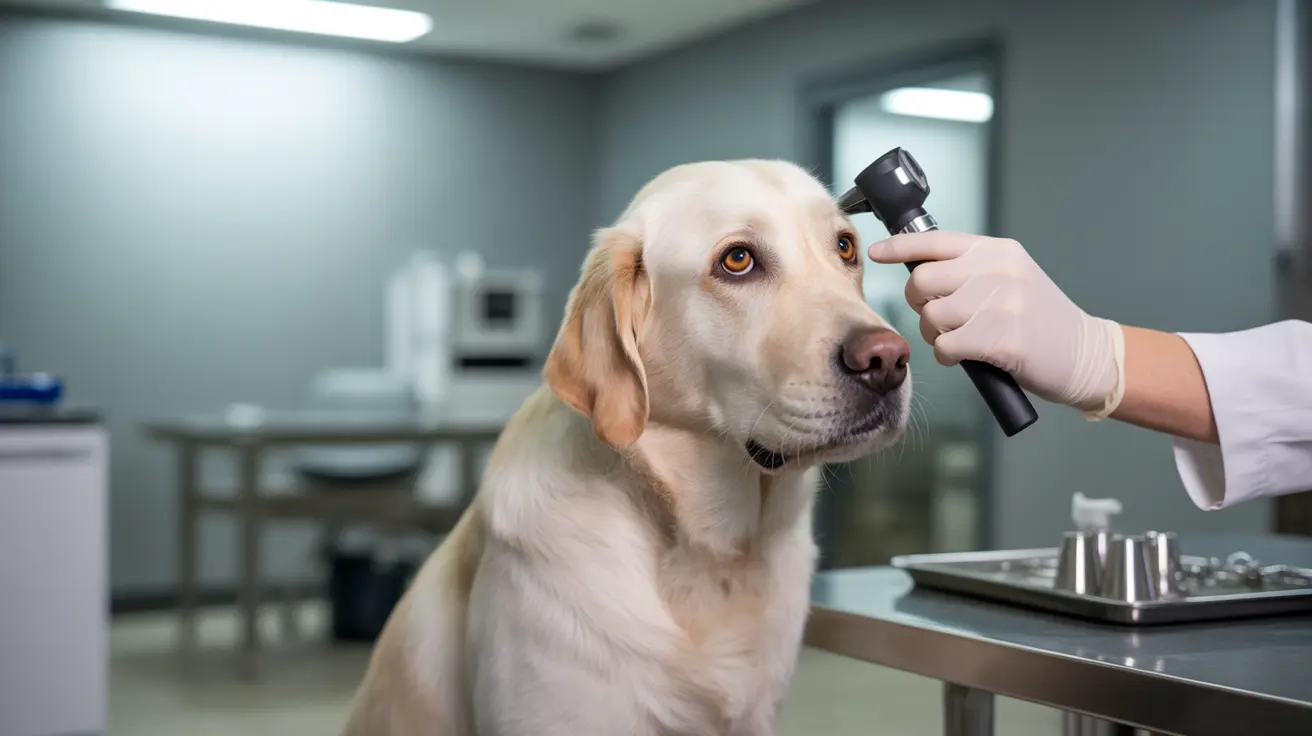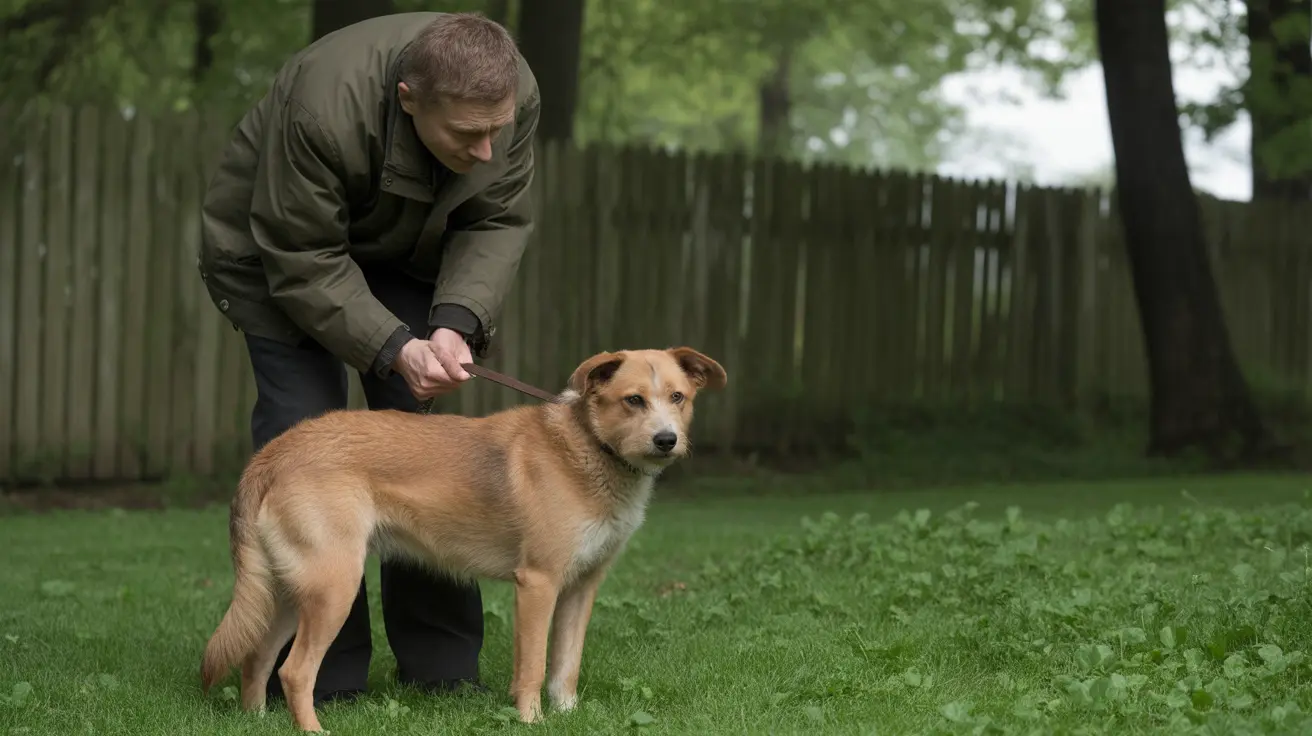When to Worry About a Dog Skin Tag: A Comprehensive Guide
Skin tags in dogs are typically harmless growths often discovered during regular petting or grooming. These soft, flesh-colored protrusions may appear anywhere on a dog's body, including high-friction areas like the neck, armpits, chest, belly, groin, and legs.
What Are Canine Skin Tags?
Known medically as acrochordons or fibrovascular papillomas, skin tags are generally benign. They often resemble a small piece of flesh attached by a stalk and may be firm, soft, or squishy. Their color usually matches the dog's skin, though it can be slightly darker. These growths are usually hairless and stay small at just a few millimeters in size.
Common Causes of Skin Tags
- Aging — Older dogs are more likely to develop skin tags.
- Genetics — Breeds such as Boxers, Poodles, and Beagles are more predisposed.
- Friction and Irritation — Constant contact from collars or harnesses can contribute.
- Skin Folds — Areas with folds are prone to growths due to trapped moisture and friction.
- Papilloma Virus — A viral infection can sometimes play a role.
- Hormonal Imbalances — May slightly increase the likelihood.
When Should You Be Concerned?
While most skin tags are non-cancerous and painless, certain changes can indicate more serious problems:
- Rapid Growth
- Color Changes (especially darkening or reddening)
- Shape Changes (irregular or asymmetrical morphology)
- Ulceration or Bleeding
- Discharge or Redness
- Signs of Inflammation (swelling or pain)
- Multiple Sudden Skin Tags
- Behavioral Changes such as licking, scratching, avoidance, or lethargy
Serious Conditions That Resemble Skin Tags
Some serious conditions may mimic skin tags, requiring close observation and differentiation:
- Warts — Typically rounder and firmer than tags
- Cysts — Larger and deeper under the skin
- Ticks — Can look like tags but have legs and must be removed promptly
- Moles and Tumors — Need a professional evaluation
- Cancerous Growths, including melanoma, mast cell tumors, and squamous cell carcinoma
Veterinary Diagnosis and Treatment
Veterinarians usually diagnose skin tags via physical examination. If uncertain, they may perform a:
- Fine Needle Aspiration — Extracts cells for lab analysis.
- Biopsy — More extensive tissue sampling for thorough diagnosis.
Treatment is rarely necessary unless the tag is in an inconvenient location or becomes irritated. Common removal techniques include:
- Surgical Removal — Performed under anesthesia.
- Cryotherapy — Freezing off the tag.
- Cauterization — Burning the tag.
Do not attempt home removal as this can lead to infection, misdiagnosis, and unnecessary suffering.
Preventative Measures
While not all skin tags can be prevented, several steps may help reduce the likelihood:
- Regular Grooming and skin checks
- Clean Skin Folds to prevent moisture buildup
- Properly Fitted Collars and Harnesses
- Supportive Bedding to reduce pressure points
- Weight Management to minimize skin folds and friction
- Allergy Control to reduce skin irritation
- Track Skin Tag Changes using a dedicated journal
Conclusion
Most skin tags in dogs are harmless and cosmetic, requiring only observation and occasional veterinary input. However, any suspicious change should prompt a prompt vet visit. A proactive approach ensures your dog's comfort, health, and happiness over the long term.





